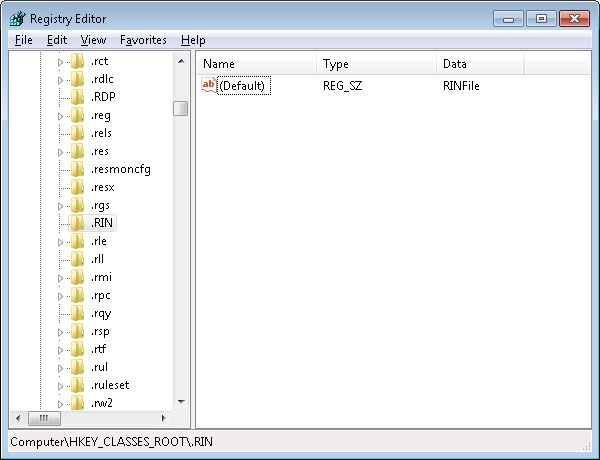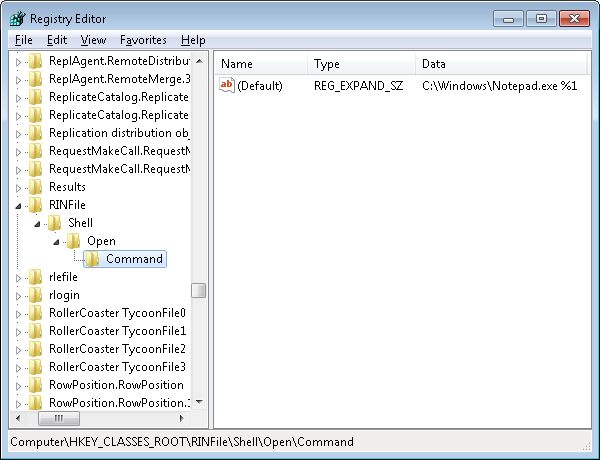I recently read an article on ComputerWorld entitled, “‘Girls Around Me’ shows a dark side of social networks.” It isn’t the first time that FourSquare and Facebook have gotten press for their lack of respect for user privacy and it won’t be the last. Even the social network I use, LinkedIn, has received more than a few black eyes in the privacy arena. Any time you engage in any sort of social network, everything that you upload is going to be treated as someone’s personal data source. You have no choice about it. Absolutely everything you upload, from your name and picture, to the last time you updated the list of things you’re interested in, will be used by someone for some purpose other than the one you envisioned—count on it!
Yes, these social networks help you maintain your relationships with friends and they do provide a means of creating professional networks with others. However, if you think that these companies are running these social networking sites out of the goodness of their hearts, think again. These companies run these sites to obtain any personal information about you that they can. The information is used to generate demographics, to spam your inbox with e-mail you never wanted, and to keep outsiders informed about your activities. If you engage in any sort of social networking, someone is spying on you and they’re doing it with the blessing of the company that hosts your page. In short, if you don’t want someone misusing a piece of your information, keep it to yourself because these organizations have no self-control in misusing your information.
What does surprise me is that anyone things that this old news is even worth printing. Do people not understand that the naked pictures they posted of themselves at an illegal party will have long lasting effects? If you think that there is any help coming from the government, think again. In the US, at least, there isn’t any chance whatsoever that the government will take a stand on employers and others probing every dark secret you’ve ever posted. Lest you think that you can take a stand and simply not allow information to your information, think again. People have gotten fired for refusing to share their secrets. Anything you post also lasts forever, like some sort of terrifying tattoo that you can’t scrub clean. I’ve used special search engines like the Wayback Machine to dig up material that the author was certain was scrubbed from the Internet forever. Get used to the idea that once you upload a picture, make a statement, or do something else weird on the Internet, the material is going to last forever whether you want it to or not and someone is going to dig it up to embarrass (or harass) you at the most inconvenient moment.
I’ve used social networking professionally. It helps me make contacts with other professionals so that I can get consulting or editing jobs. With this in mind, I keep my posts professional. I try not to post anything I think could be embarrassing later. Obviously, I’ve made mistakes, just like everyone does, but nothing of a gross nature. Still, these little errors have crept up in the past when talking with others. It begins innocently enough…but you said, “So and So” on your LinkedIn page. Didn’t you really mean that? As much as a misstatement makes me shuffle in my seat, I can only imagine the terror of someone finding a picture that was supposed to be viewed by friends alone.
The short version of all this is that you need to use social networking carefully. Share only what you want people to see forever. Write your posts and save them as drafts—let them sit a day or two before you actually publish them. Don’t think that your Web site or blog are safe either; both are often used as weapons against their authors by unscrupulous people. It’s a new world out there. Social networking as made it possible for more people to find out more information about you faster than ever before. The life you ruin could be your own! Let me know your viewpoint on social networking and privacy at [email protected].


